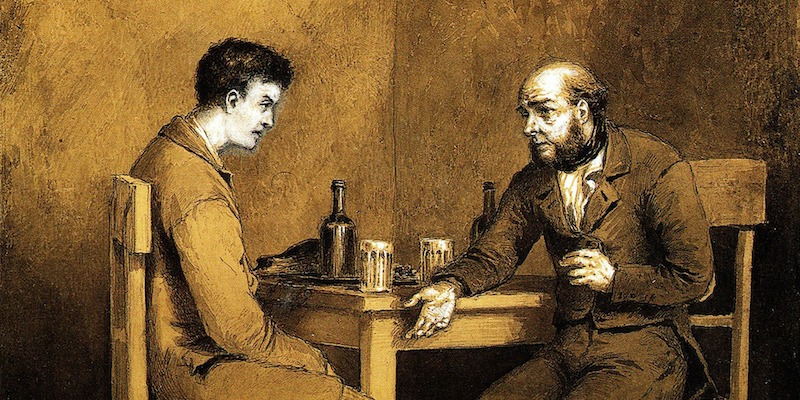I spent a year after college teaching English in a quiet little town in Moravia. Without Internet, a television with only two channels (one German, the other Czech), and no friends, I did a lot of reading. My focus during this time was legendary. I flipped the pages through Crime and Punishment as if it were a convenience store bodice-ripper, so taken was I by the tortured young protagonist (23 years old, just like me!) who wondered, in his half-starved, desperate state, if killing someone might be justified—nay, even the ethical thing to do!—if the victim was a bad person.
Crime & Punishment isn’t the only dusty old tome that moonlights as a thriller. Of course, there are plenty of bonafide crime novels that have become classics in their own right (The Talented Mr. Ripley, The Hound of the Baskervilles, Murder on the Orient Express, to name just a few), but the selections on this list are primarily regarded as literary novels. They’re studied in classrooms and awarded the most prestigious literary prizes but borrow elements from the crime writer’s toolkit: complex criminals, layered villains, criminal investigations, court cases, and even a few ghosts and violent psychopaths.

Crime & Punishment by Fyodor Dostoevsky (1866)
A few years ago, I began to entertain the idea of writing a new, 21st-century rendition of the famous Russian classic. “Except I’d make Raskolnikov a woman,” I tried to explain to an acquaintance who had just asked me about my latest writing project. “And instead of having a sweet prostitute girlfriend, she would be a prostitute herself, maybe—”
“Whoa,” he said, and not in an impressed way. “Seems like a complete genre switch.”
This gave me pause. After all, Crime and Punishment has all the hallmarks of a great crime novel. Tortured ax murderer? Check. A cat and mouse game with the shrewd police detective? Check. A court trial and a stint in a Siberian prison? Check and check.
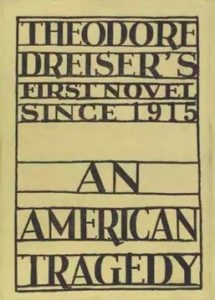
An American Tragedy by Theodore Dreiser (1925)
This doorstopper of a novel is about an ambitious young man who falls for two women—one rich, one poor—and goes to terrible lengths to secure a prosperous future for himself. Dreiser based it on a real-life crime and subsequent trial that occurred in 1806 on Big Moose Lake in New York. A huge bestseller in its time, the novel was widely banned due to its scandalous content and later became the inspiration for the movie A Place in the Sun starring Montgomery Clift and Elizabeth Taylor.

Their Eyes Were Watching God by Zora Neale Hurston (1937)
Now considered a classic of the Harlem Renaissance and taught in schools across the country, Their Eyes Were Watching God was not a huge success at publication, disparaged by other Harlem Renaissance authors such as Richard Wright and Ralph Ellison, who called it a “blight of calculated burlesque.” (RUDE!) In it, 40-something Janie Crawford recounts her life to her friend, taking her through her early sexual experiences and three tumultuous marriages. It’s with her last husband, Tea Cake, a drifter, that she finds the greatest happiness, though it ends in tragedy, with Janie on trial for his murder. After years in obscurity, Their Eyes Were Watching God was rediscovered in the 1970s, thanks in part to an essay Alice Walker wrote for Ms. Magazine called “Looking for Zora,” where she chided Hurston’s earlier critics for “throwing away a genius.”
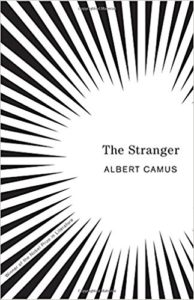
The Stranger by Albert Camus (1942)
At his mother’s funeral, Meursault feels nothing. A few weeks later, he kills a man on the beach in the French Algiers and is summarily tried and sentenced to death. Still, Meursault can find no meaning in it, and no reason to feel regret or remorse. In this short volume, Camus hoped to reveal “the nakedness of man faced with the absurd.” I credit this book for my brief existentialist phase in my late teen years, though Camus himself rejected existentialism as a philosophy.
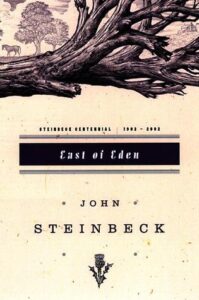
East of Eden by John Steinbeck (1952)
A multi-generational rivalry between two families, a sociopathic (and murderous!) villainess, and twin brothers caught between good and evil—East of Eden is a tale of Biblical proportions. Steinbeck reimagines Adam and Eve and their offspring Cain and Abel in the Salinas Valley at the end of World War I. He considered it his magnum opus, stating, “It has everything in it I have been able to learn about my craft or profession in all these years.” Steinbeck can get a little heavy-handed with the symbolism and Biblical allusions, but the drama and emotion stay consistent throughout all of the book’s 600-something pages.

Giovanni’s Room by James Baldwin (1956)
When Baldwin presented the manuscript to Knopf, his publisher, they told him they wouldn’t publish Giovanni’s Room “as a favor,” fearing it would alienate his audience. Rather than focusing on the lives of Black Americans, the short novel revolves around gay white men in Paris. Baldwin didn’t feel he could deal with the “Negro problem” and gay issues in the same book, which was eventually published by another press. The story centers around David, a young American man who becomes involved in an affair with Italian man, Giovanni, who is later accused of murder. The book is narrated by David on the night of Giovanni’s execution, “the night which is leading me to the most terrible morning of my life.”
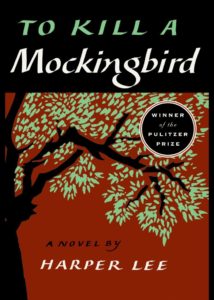
To Kill a Mockingbird by Harper Lee (1960)
To Kill a Mockingbird was an out-of-the-gate success and winner of the Pulitzer Prize, beloved by school teachers for its lessons on fairness, prejudice, racial equality, and courage. In a small Southern town during the Great Depression, young Jean Louise (known as Scout) lives with her older brother and widowed father, Atticus Finch. Against the wishes of their insular community, her father defends a Black man falsely accused of raping a white woman. Lee is said to have based the character of Atticus on her own father, who took the only criminal case of his career to defend two Black men accused of murder in 1919.

Chronicle of a Death Foretold by Gabriel García Márquez (1981)
Loosely based on real events, this novella tells the story of the murder of Santiago Nasar by the hand of the Vicaro twins, who commit the deed with the knives they used to slaughter pigs. The book isn’t a murder mystery, as the victim and the killers are known from the outset, but an exploration of why the death was inevitable: “There had never been a death so foretold.” Twenty-seven years later, the narrator returns to the town, searching for an answer to one central question: If everyone knew it was going to happen, why did no one put a stop to it?
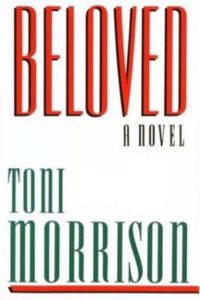
Beloved by Toni Morrison (1987)
Another Pulitzer Prize-winner and the youngest selection on this list, Beloved tells the story of Sethe. Born a slave and escaped to Ohio, she lives with her daughter in a house haunted by the malevolent ghost of her baby girl who died years before. Engraved on the unnamed baby’s headstone is just one word: “Beloved.” Then a teenage girl who calls herself Beloved arrives, forcing Sethe to deal with the horrific events surrounding her baby’s death. An instant classic, the critic John Leonard wrote upon Beloved’s publication, “I can’t imagine American literature without it.”
***

